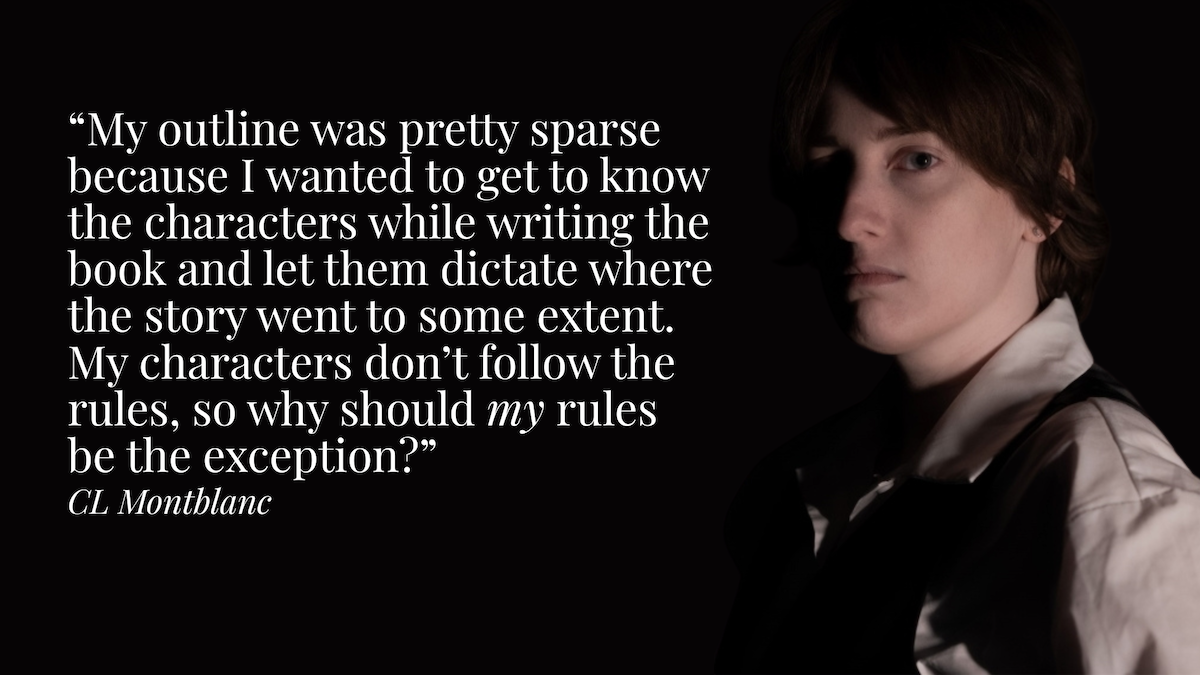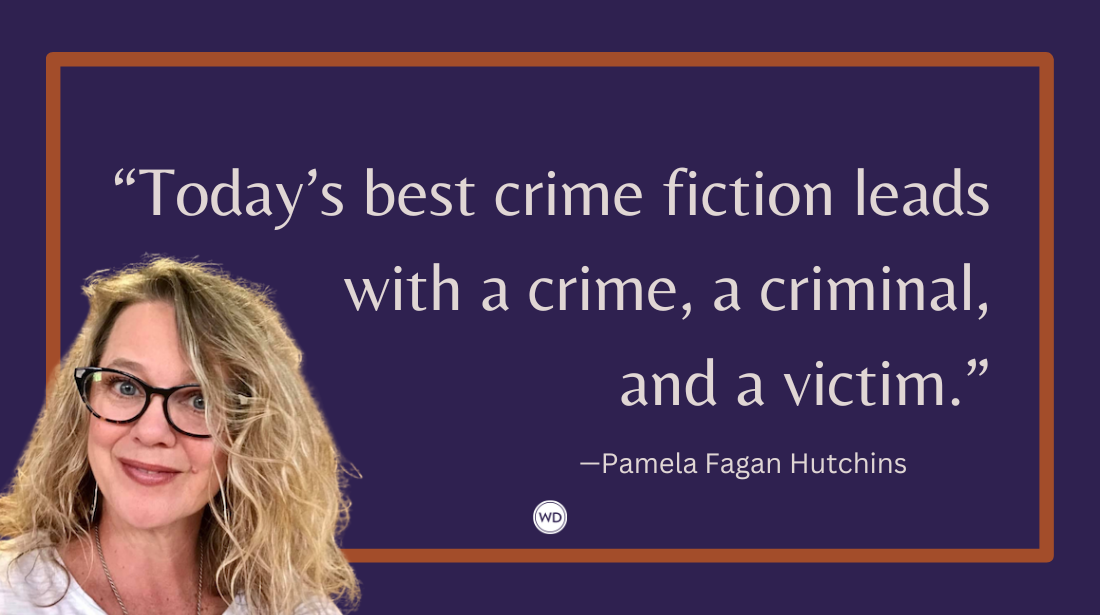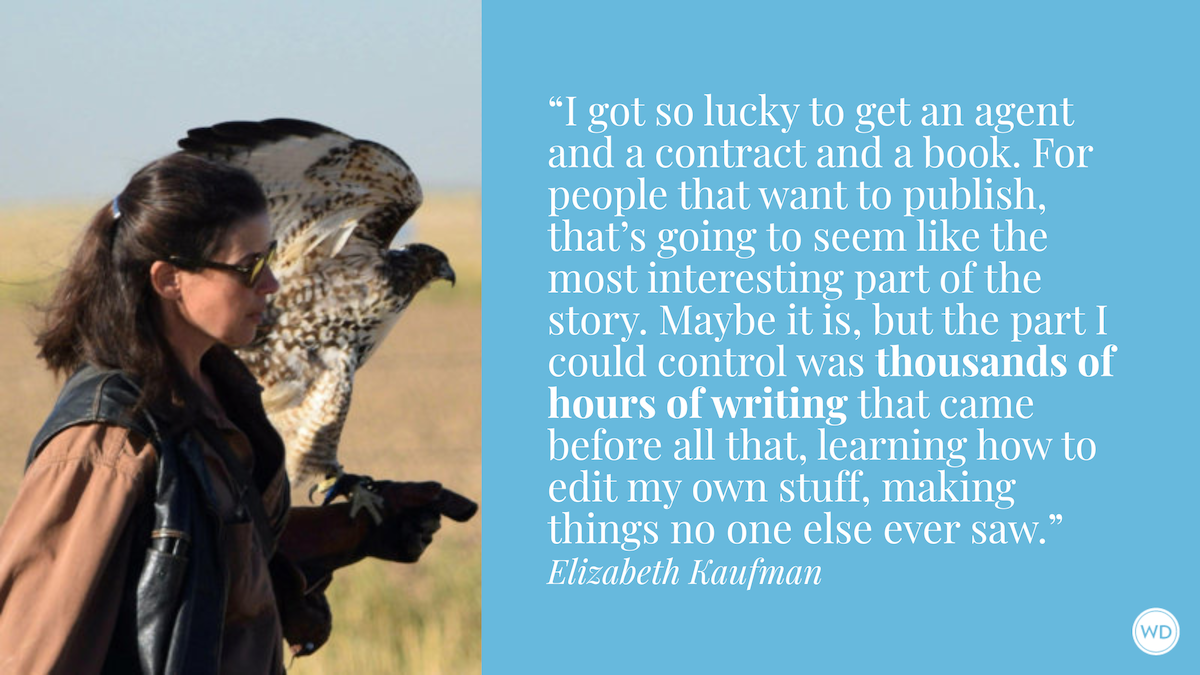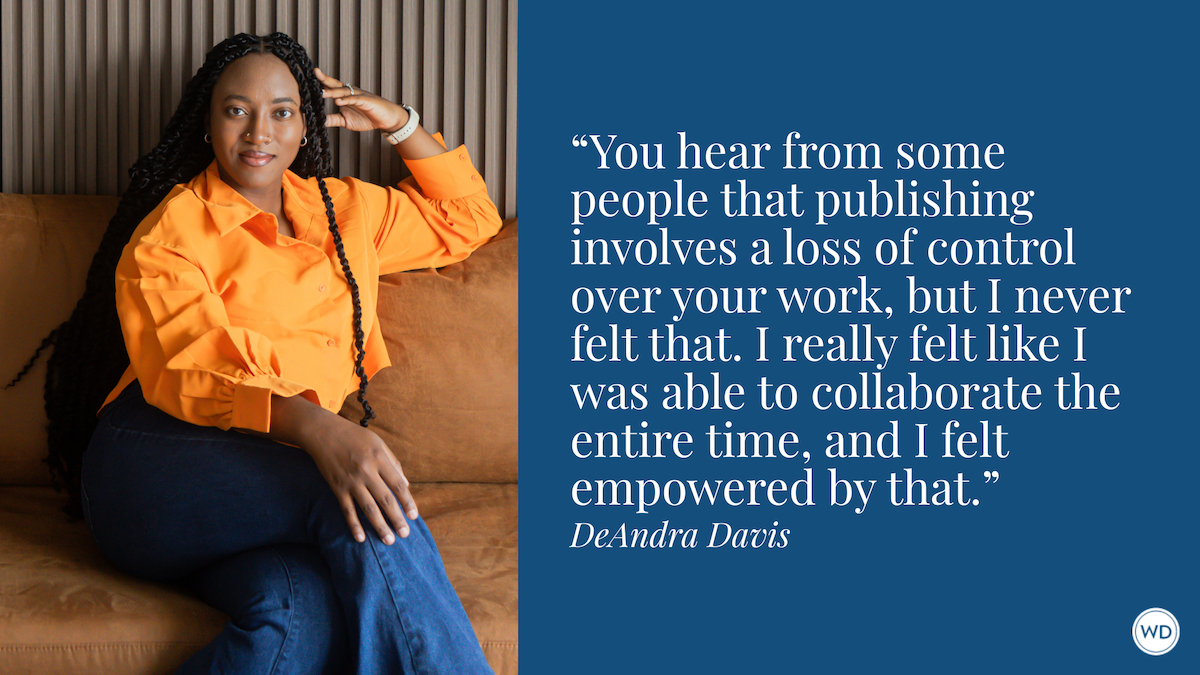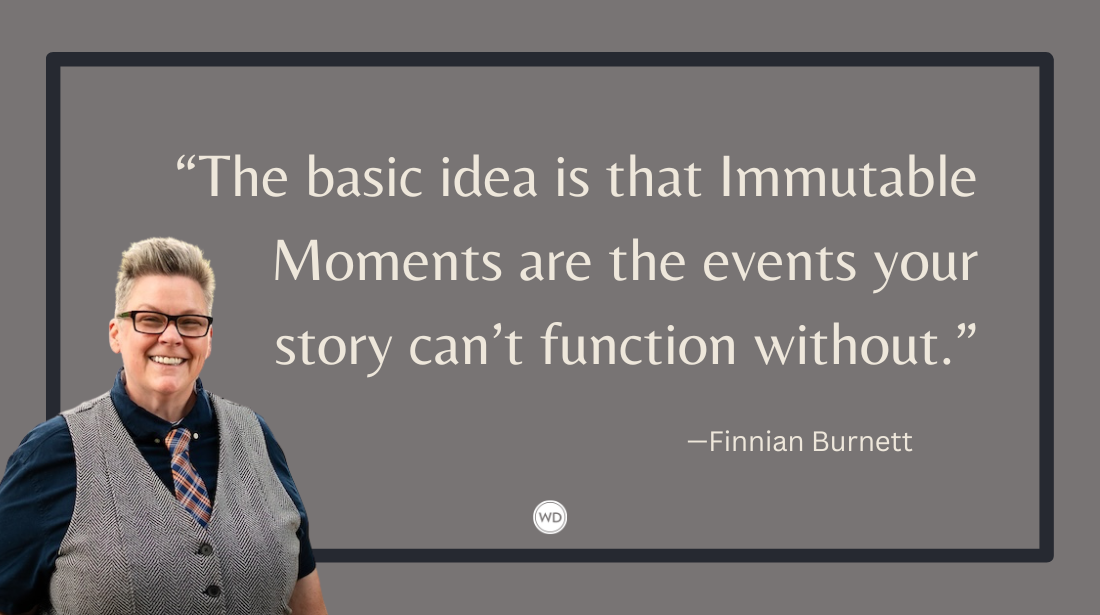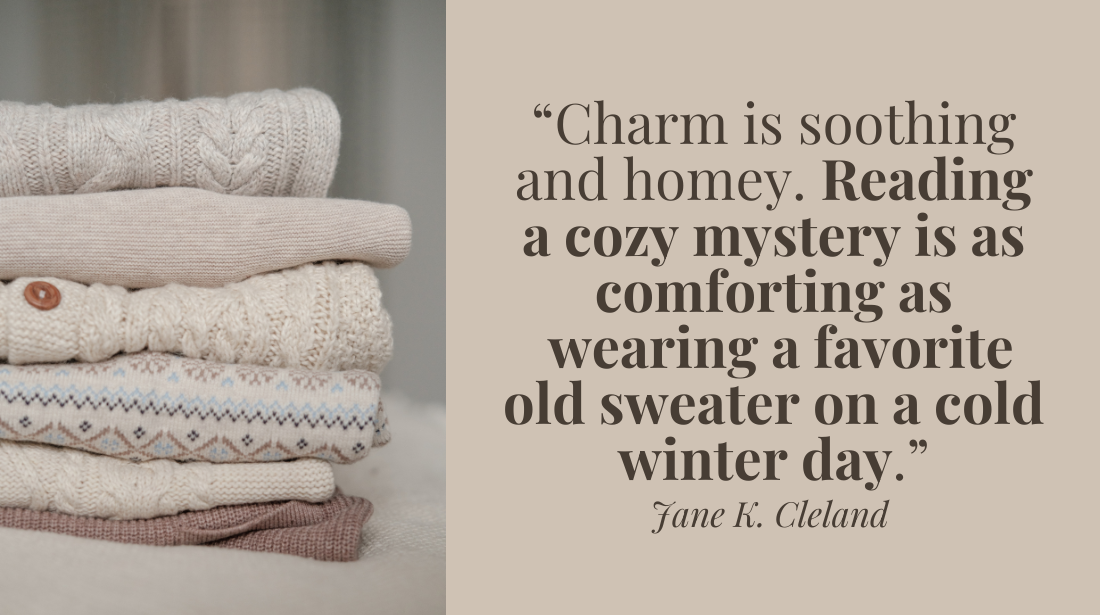How (and Why) To Write Horror That Feels Like It Could Really Happen
Author Michael J. Seidlinger shares what makes our reality perfect fodder for horror, and how to write horror that feels like it could really happen.
Wake up, reach for your phone, hit snooze on your alarm until you’ve created a sense of urgency. Work beckons, yet the first thing you turn to is social media. Twitter, followed by a few podcasts. Anything to drown out the silence of a morning alone.
The content outpour: It’s news about a new variant, the ongoing unrest in Ukraine, censorship in schools, violence … the “discourse” online perpetuating disagreement and outrage across [insert topic here]. Just another morning, and in so many ways it’s more alarming than fiction. Unless …
In 2020, reporting for Goodreads, I was lucky enough to interview a dozen authors and editors in and around the horror genre. From Stephen Graham Jones to Ellen Datlow, everyone spoke less of horror being a faux pas or no-go zone for fiction and more so an outwardly booming presence that’s here to stay. It’s not difficult to see why.
As the world around us becomes every bit its own complex, harrowing slice of horror, we need escapism, a more “controllable” horror to escape to, even if it means it’s something that hits close to home. When the monsters on the page are recognizably something we can both relate to and quarrel with, the story transforms into our own simulation, a suddenly controllable (and digestible) feat of taking charge. Now more than ever, we need something we can control, even if it means putting ourselves into the throes of, let’s say … a home invasion.
In Eric LaRocca’s viral sensation, Things Have Gotten Worse Since We Last Spoke, the author utilizes the familiar text-ridden act of online interaction through DMs and emails, the stomping ground for an intimate horror set to unfold. By choosing to focus the narrative on one of the most common means of interaction today, LaRocca sets the reader up for what is initially a safe and familiar experience. It’s a post about a peeler. No big deal.
IndieBound | Bookshop | Amazon
[WD uses affiliate links.]
Then it’s an increasingly fun and endearing exchange of messages between two adults. However, there it is: The horror blossoms by way of the uncanny ease with which this could be … well, any of us. We could get caught up in a toxic relationship, emotionally and in the case of LaRocca’s novella, physically involved, so psychologically bound to the bond that “toxic” takes on a whole new meaning. In Things Have Gotten Worse Since We Last Spoke, the “monster” is us, our social interactions, our choice to trust somebody.
Another example of how horror is augmented the closer we get to palpable reality, just look at the whole gamut of serial killer thrillers. Take Bret Easton Ellis’s ever controversial and loved/hated novel, American Psycho. Patrick Bateman is an asshole and misogynist right from sentence one, and the world he inhabits, 80s NYC cultural chic and elite, is everything the decade loathed about the peaks of capitalism and elitist excess. Whole chapters are little more than Bateman discussing his wardrobe, morning routine, the banal depths of a Huey Lewis and the News record.
Ellis does the opposite of retracting the lens. He zooms in and refuses to give the reader a break, even when it becomes so overwhelming it snaps back to absurd. The novel demands a gut response, and more so it acts as damning evidence of how a person can wilt and withdraw into disaffection and desensitization, becoming a walking zombie of “consumer” culture. Here, the monster is society’s ills, and Ellis achieves it by utilizing the same excesses in his prose, the laconic voice that doesn’t seem to care about you, about the people Bateman tortures and murders, the products he buys and interacts with. It’s all the same: Something to fill the void of feeling.
By bringing in the familiar and offering no-holds-barred and unabashed focus on the themes and issues you desire to explore, horror can be the perfect canvas from which we can face any demon, no matter how real or imagined. So, when we see horror turning increasingly to sociopolitical topics, to subject material that pulls back the absurd in favor of a stark image of our modern day, we shouldn’t recoil in disgust. We should take notice, understand that like any piece of art, the creation reflects the mind, the society, and the cultural moment.
The terror swells when the unknown is placed side-by-side something palpable and as real as the laptop right in front of you, the phone you’re using to text a friend. It forces the reader, the person experiencing the story, to do more than suspend disbelief: It’s positioning them to believe it as possible truth.
The horror that feels like it could really happen is the most effective of all because, somewhere and somehow, what you’re reading or watching could be happening, right now, as you read this, somewhere, by someone inflicted upon someone else. The fact is, out there, the untold horrors are as plain as the people walking past you on the sidewalk, strangers until the first stab.
Michael J. Seidlinger is a Filipino American author of Anybody Home? (CLASH Books, 2022), Scream (Bloomsbury's Object Lessons series), and other books. He has written for, among others, Wired, Buzzfeed, Thrillist, Goodreads, The Observer, Polygon, The Believer, and Publishers Weekly. He teaches at Portland State University and has led workshops at Catapult, Kettle Pond Writer's Conference, and Sarah Lawrence. You can find him online on Twitter and Instagram.



